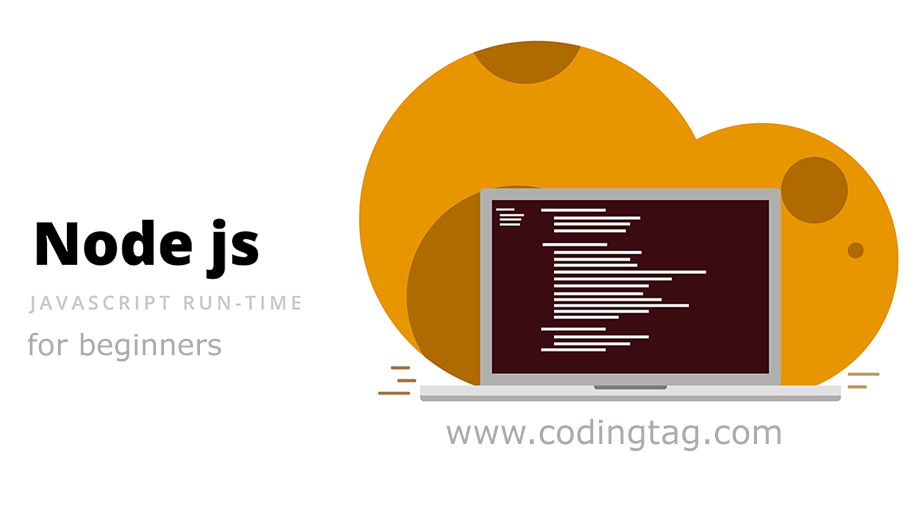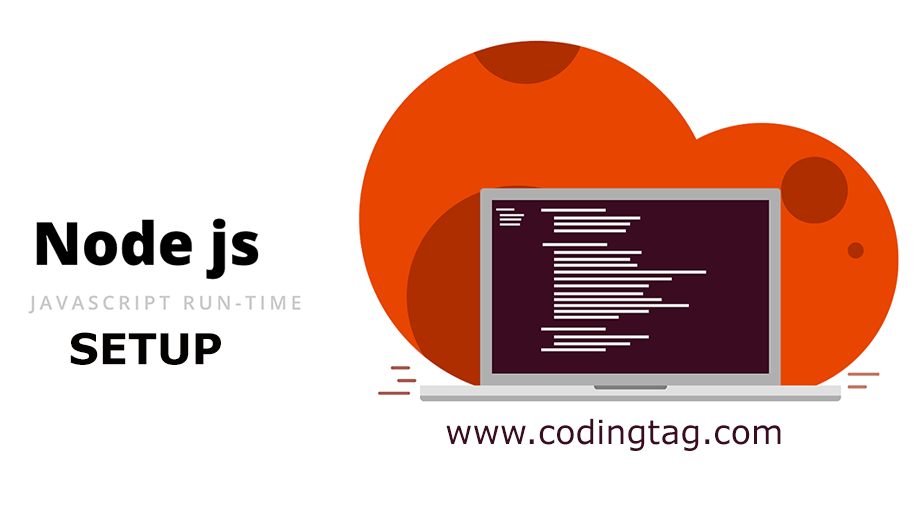Start and Run Server in Node.js
0 114
One of the most common use cases of Node.js is to build and run web servers. Node makes this task simple and efficient using its built-in http module. In this blog, we’ll walk through the steps to create a basic server and run it on your local machine using Node.js.
What You Need
Before getting started, ensure you have the following setup on your system:
- Node.js installed (visit nodejs.org if not)
- A code editor like VS Code
- Basic knowledge of JavaScript
Step 1: Create a New Project Folder
Start by making a dedicated folder for your server project:
mkdir node-server-demo
cd node-server-demoStep 2: Create a JavaScript File
Inside the project folder, create a file named server.js. This will contain the code for your server.
Step 3: Write Server Code
Open server.js in your editor and add the following code:
const http = require('http');
const server = http.createServer((req, res) => {
res.statusCode = 200;
res.setHeader('Content-Type', 'text/plain');
res.end('Welcome to my Node.js server!');
});
const PORT = 3000;
server.listen(PORT, () => {
console.log(`Server is running at http://localhost:${PORT}`);
});This code creates a basic server that listens on port 3000 and responds with a plain text message.
Step 4: Run the Server
To run your Node.js server, open a terminal in the project directory and type:
node server.jsYou’ll see the message:
Server is running at http://localhost:3000Now, open your browser and go to http://localhost:3000. You should see the message: “Welcome to my Node.js server!”
Customizing the Response
You can modify the response based on the request URL. Here's an example:
const server = http.createServer((req, res) => {
if (req.url === '/') {
res.end('Home Page');
} else if (req.url === '/about') {
res.end('About Page');
} else {
res.statusCode = 404;
res.end('Page Not Found');
}
});This allows you to serve different content based on the requested route.
Conclusion
Creating and running a server in Node.js is simple and powerful. With just a few lines of code, you can serve responses, handle routing, and begin developing full-scale backend applications. From here, you can explore more advanced setups using frameworks like Express.js, or add database support to handle dynamic content.
If you’re passionate about building a successful blogging website, check out this helpful guide at Coding Tag – How to Start a Successful Blog. It offers practical steps and expert tips to kickstart your blogging journey!
For dedicated UPSC exam preparation, we highly recommend visiting www.iasmania.com. It offers well-structured resources, current affairs, and subject-wise notes tailored specifically for aspirants. Start your journey today!

Share:




Comments
Waiting for your comments